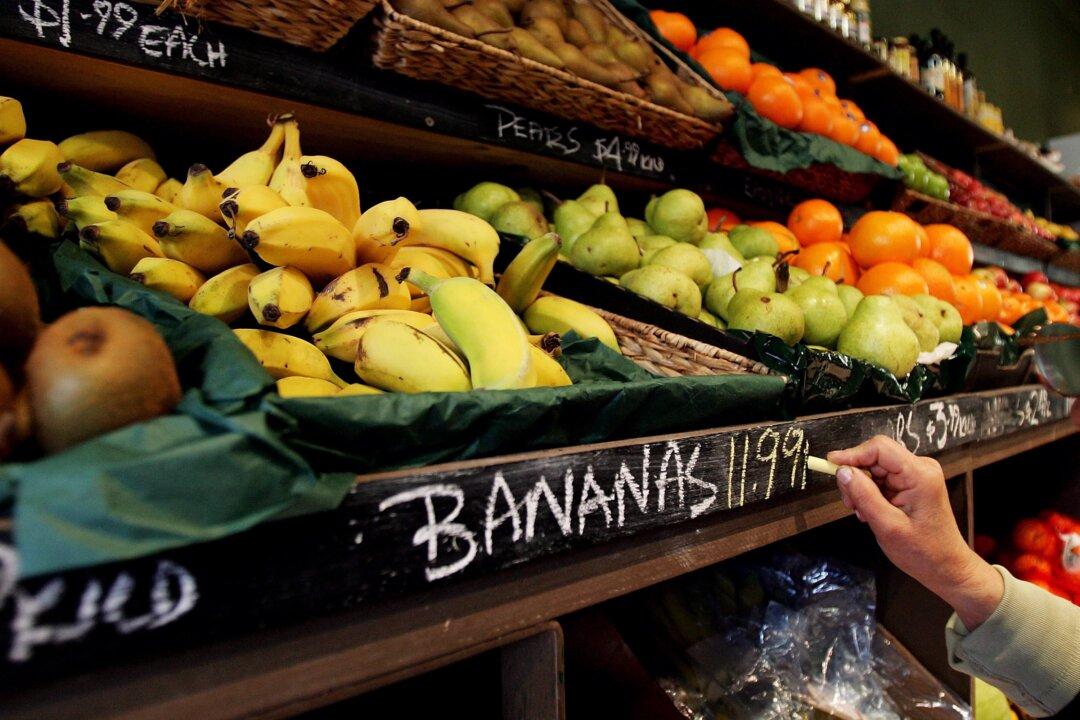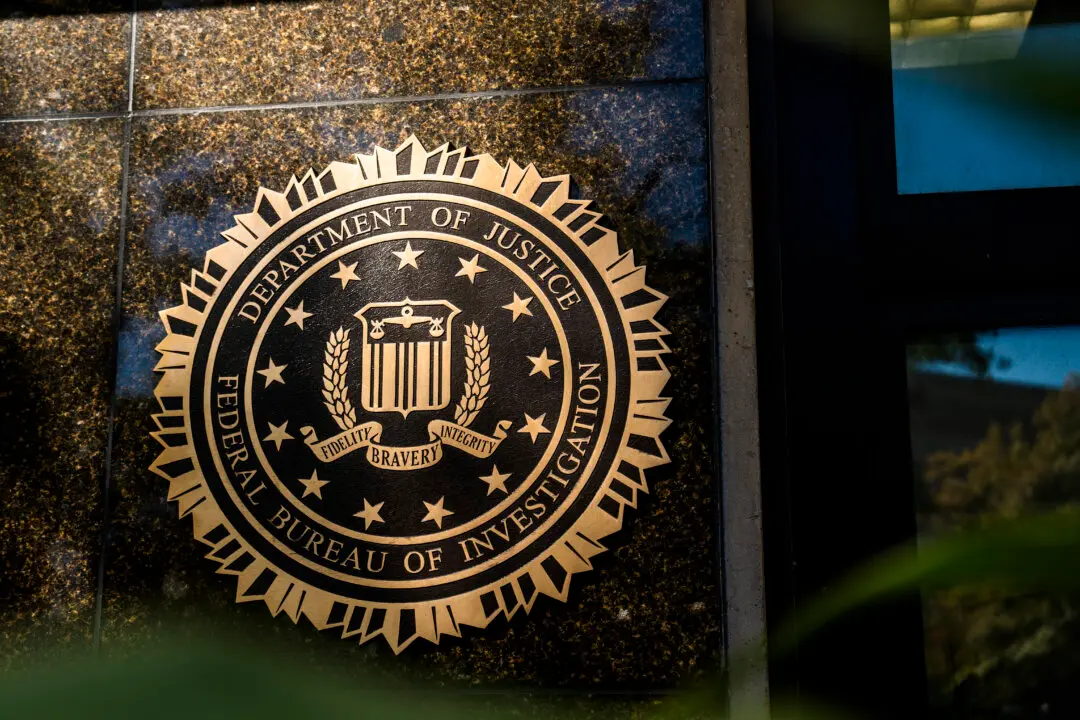Three-quarters of non-organic foods sampled by U.S. agencies had “potentially harmful pesticides,” according to an environmental group that identified 12 fruits and veggies with high pesticide contamination as well as 15 with the least.
On March 20, the Washington-based Environmental Working Group (EWG) released its “2024 Shopper’s Guide to Pesticides in Produce” report detailing fruits and vegetables with the highest and the lowest amount of pesticide residue. The list was generated from tests conducted by the U.S. Department of Agriculture (USDA) and the U.S. Food and Drug Administration (FDA) on 47,510 samples of 46 fruits and vegetables.





